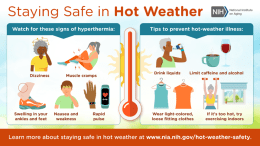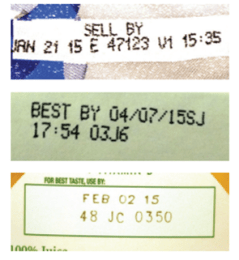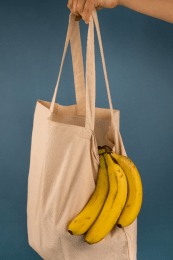Hot weather makes it harder for the body to regulate its temperature. It can also be challenging for older adults, who typically do not adjust as well as others to sudden temperature changes.

Older adults are at higher risk for heat-related illness. Factors that put older adults at greater risk may include:
- Health problems such as cardiovascular, lung or kidney disease.
- Any illness that causes weakness or results in a fever.
- Taking drugs such as diuretics, sedatives and some heart and high blood pressure medicines that may make it harder for the body to cool itself.
- Being overweight or underweight.
- Living in places without air conditioning or fans.
- Dehydration
Things you can do to lower the risk of heat related illness:
- Drink plenty of liquids, such as water, fruit or vegetable juices or drinks that contain electrolytes. Avoid alcohol and caffeinated beverages.
- If you live in a home without air conditioning or fans, try to keep your space as cool as possible. Limit use of the oven, keep shades, blinds or curtains closed during the hottest part of the day and open windows at night.
- If your living space is hot, try to spend some time during the day in a place that has air conditioning such as the library or senior center.
By: Brenda Langdon
 “Sell by” date: Tells the store how long to display the product for sale. You should buy the product before that date.
“Sell by” date: Tells the store how long to display the product for sale. You should buy the product before that date.



 eye on the food.
eye on the food.